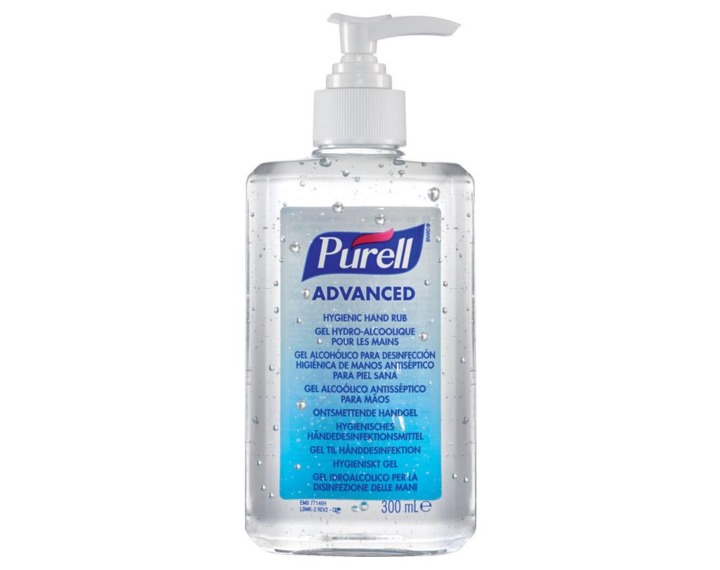Tips On Using Hand Sanitiser More Effectively
 It’s a non-arguable fact that using antibacterial soap and clean water to wash your hands is the best way to clean them and remove bacteria. However, in instances where hand washing is not possible due to time or a lack of access to the essential facilities, hand sanitiser is the next best thing.
It’s a non-arguable fact that using antibacterial soap and clean water to wash your hands is the best way to clean them and remove bacteria. However, in instances where hand washing is not possible due to time or a lack of access to the essential facilities, hand sanitiser is the next best thing.
Of course, while there is a common misconception that all hand sanitisers are the same and do the same thing, that is not the case. Studies have shown that for a hand sanitiser to be effective, it should contain between 60% and 95% alcohol, compared to low-alcohol and alcohol-free hand sanitiser.
It’s clear that not all hand sanitisers are born equal, but what a lot of healthcare providers, carers, and individuals aren’t sure about is which hand sanitisers are the most effective and how these should be used. At the CLH Expo in March, we were lucky enough to have a speaker from Purell, one of the world’s leading hand sanitiser brands, who shared lots of fantastic advice about using hand sanitiser more effectively.
Why is an alcohol-based hand sanitiser important?
As mentioned above, for hand sanitiser to be effective, it should contain between 60% and 95% alcohol. While non-alcohol and low-alcohol based hand sanitisers are sold as being ‘kinder to skin’, they don’t work as effectively for all classes of germs.
For instance, non-alcohol based hand sanitiser doesn’t tend to work well for bacteria such as norovirus or cryptosporidium; it can also cause germs to develop a resistance to the sanitising agent being used. Studies have also shown that low-alcohol and alcohol-free sanitisers can be more likely to irritate the skin than hand sanitisers that contain alcohol.
How should hand sanitiser be used?
The current World Health Organization (WHO) guidelines state that healthcare staff should use hand sanitisers for 20 to 30 seconds. However, many healthcare workers find that this period is too long, which is why the University Hospital of Greifswald did a study that looked at the effectiveness of hand sanitizer shortening the period of time used from 20 to 30 seconds to 15 seconds.
After testing 10 commercial sanitisers, the study found that each of them worked just as well when used for 15 seconds compared to 30 seconds, with antimicrobial results similar in both cases. What this study also concluded was that when the time period that hand sanitiser needs to be used for is shortened, healthcare workers are more likely to use hand sanitiser on a regular basis.
According to experts, when applying hand sanitiser, a small amount of hand sanitising gel should be applied to the palm of the hand. The product should then be rubbed all over your hands until they feel dry. There should never be so much product on your hands that it drips off or that your hands are overly wet.
Are all hand sanitisers the same?
We’ve already established that all hand sanitisers are not the same, as low-alcohol and alcohol-free sanitisers are actually worse than sanitisers with alcohol as the main ingredient. However, out of alcohol-based hand sanitisers, what it’s important to understand is that not all sanitisers are the same or work in the same way.
As we heard from Purell at the CLH Expo back in March, Purell’s hand sanitiser works more effectively than other brands when a smaller amount of product is used. One squirt of Purell hand sanitiser equates to two squirts of other leading brand products, making it more effective even when a small amount is used.
When it comes to hand sanitiser and using it effectively, it's crucial that you understand what it takes for hand sanitiser to be effective.





